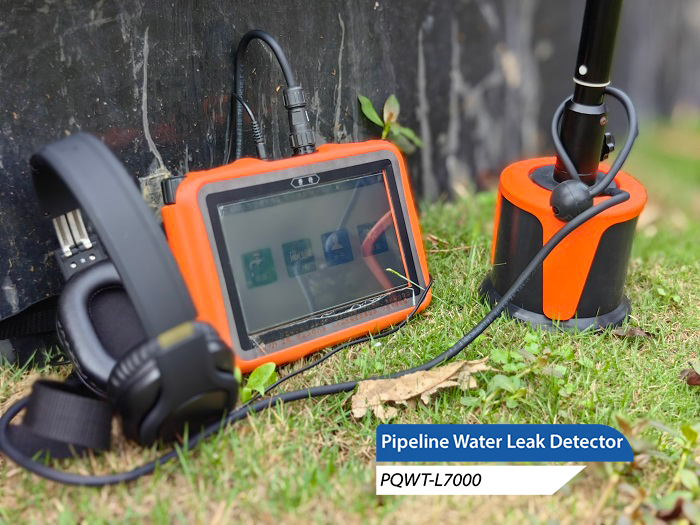The importance of heat pipes in heating systems and the negative impacts of leakage problems, including energy waste, environmental impacts, reduced heating experience for users and increased maintenance costs for companies. The important role of leakage detection and prevention in ensuring the stable operation of the heating system is emphasized.

A. Common causes of heat pipe leakage
1. Material quality problems: the quality of pipes and fittings is not up to standard, which can easily lead to leakage.
2. Construction and installation problems: poor welding quality, installation of non-standard construction problems may lead to leakage.
3. Influence of external factors: other engineering construction, traffic load, soil settlement and other external factors may cause damage to the pipeline.
4. Pipeline aging and corrosion: long service life, media corrosion and other reasons leading to the decline in pipeline performance, prone to leakage.
B. Heat pipeline leakage detection methods
1. Water imbalance detection: by monitoring the changes in the amount of water replenishment of the heat network to determine whether there is a leak.
2. Pressure anomaly detection: use the change of pressure in the heat network to detect leaks, analyze the relationship between the rate of pressure change and the amount of leakage.
3. Temperature anomaly detection: locate the leakage point by monitoring the temperature change on the ground above the leakage point or in the nearby well room.

4. Sound anomaly detection: use pqwt water detector and other equipment to capture the sound generated by the leak, so as to locate the leak.
5. Professional detection instrument detection: the use of such as pipeline leak detector and other professional equipment, through the measurement of the fluid flow state in the pipeline or acoustic changes to detect leaks.
C. Preventive measures for heat pipe leakage
1. Strengthen the quality control of materials: choose reliable quality and standardized pipes and fittings to ensure the construction quality.
2. Standardize the construction and installation: operate in strict accordance with the construction norms and standards to ensure the welding quality and installation specifications.
3. Enhance pipeline maintenance and overhaul: regular inspection and maintenance of pipelines, timely detection and repair of potential problems to extend the service life of pipelines.
4. Improve pipeline anticorrosion and heat preservation performance: Adopt effective anticorrosion and heat preservation measures to reduce the risk of pipeline corrosion and frost cracking.
5. Strengthen the monitoring of external factors: monitoring and early warning of external factors that may affect the safety of pipelines, and take timely measures to prevent risks.
The importance of heat pipeline leakage detection and prevention, emphasizing the comprehensive application of a variety of detection methods and preventive measures to ensure the stable operation of the heating system and the user's heating experience. At the same time, relevant departments and enterprises are called upon to strengthen cooperation and jointly promote the innovation and development of heat pipeline leakage detection and prevention technology.








